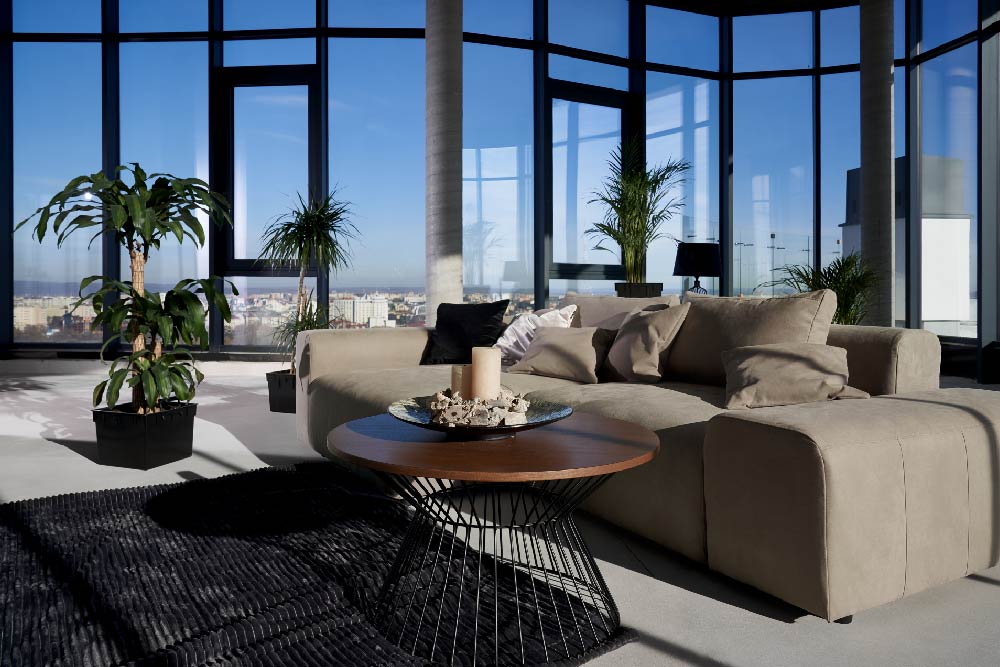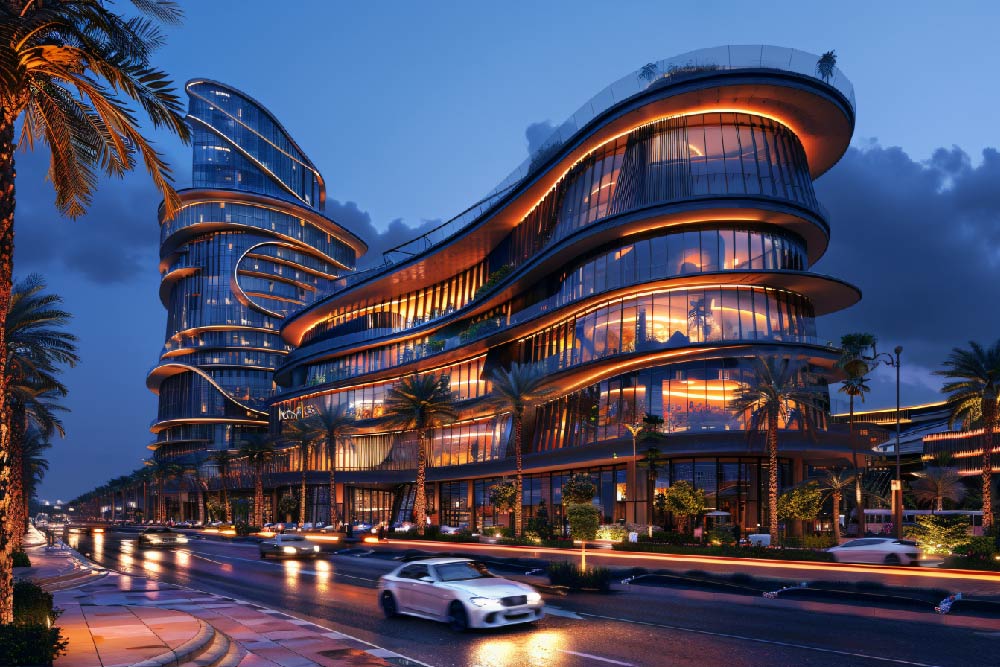
The global luxury real estate market is on an upward trajectory, valued at approximately USD 276.5 billion in 2024 and projected to reach USD 504.5 billion by 2033, growing at a CAGR of 6.9% over the next decade (Business Research Insights). Closer to home, India is also witnessing a significant surge in luxury real estate India, with high-net-worth individuals increasingly viewing premium properties India as strategic assets for wealth preservation and lifestyle enhancement.
To navigate this evolving landscape effectively, it’s essential to understand what a luxury home is in today’s context.
Defining Luxury Homes: Beyond Price Tags
While price plays a role, a true luxury home is defined by a thoughtful blend of design, comfort, and functionality—elements that go well beyond the price tag. Here’s what typically characterises a luxury home:
- Prime Locations: Situated in prestigious neighbourhoods with excellent connectivity and infrastructure.
- Architectural Excellence: Unique designs crafted by renowned architects offer both aesthetic appeal and functional superiority.
- Premium Amenities Features like private elevators, home automation systems, wellness centres, and more.
- Privacy and Security: Advanced security systems and exclusive access ensure peace of mind for residents.
- Customisation: Tailored interiors and layouts that reflect your personal style and lifestyle.
- Sustainability: Incorporation of eco-friendly materials and energy-efficient systems.
- Smart Technology: Integration of advanced home automation for lighting, climate control, and security.
- Exclusive Services: Access to concierge services, private clubs, and other bespoke offerings.
These features not only elevate the everyday living experience but also contribute to the property’s long-term value. This growing emphasis on experience, exclusivity, and future value is now shaping buyer preferences across key Indian markets as well. The luxury homes segment in India is an evolving one, fueled by rising affluence, global exposure, and a renewed focus on lifestyle-driven investment.
The Indian Luxury Real Estate Market
India’s high-end real estate sector has experienced significant growth in recent years. Notably, homes priced at ₹4 crore and above recorded a 37.8% year-on-year increase in sales during the first nine months of 2024, as reported by CBRE. In cities like Mumbai, the ultra-luxury segment has demonstrated remarkable performance. According to JLL, 69% of all homes sold above ₹100 crore in the past three years, amounting to ₹7,500 crore in sales, were concentrated in Mumbai. This underscores the city’s continued dominance in this space.
However, this growth is not limited to Mumbai alone. Cities such as Pune, Delhi NCR, Bengaluru, and Hyderabad are witnessing a similar uptick, with increased absorption of high-value luxury homes India. The luxury real estate India segment is no longer a niche—it is now a defined and expanding market, driven by a wider base of affluent buyers. This surge in demand is fuelled by both end-users and investors. With the market’s robust performance, it’s worth looking at why premium properties India are a strong investment choice.
Investment Potential for Luxury Real Estate
Luxury real estate India has emerged as a compelling investment avenue, offering both capital appreciation and rental income opportunities.
- Capital Appreciation: Prime locations in top cities offer the highest appreciation potential, with historical returns ranging from 9–14% annually and exceptional properties achieving up to 20% (The Economic Times). This performance is due to limited inventory, high aspirational demand, and infrastructure-led development—all of which create a competitive environment for high-end real estate.
- Rental Yield Performance: High-end homes in prime locations are yielding attractive rental returns. Urban rental costs in India are projected to increase by 7% to 10% over the coming year, significantly outpacing the expected consumer inflation rate of around 4.3% to 4.4%, according to CBRE (The Economic Times). This trend suggests that luxury properties can offer substantial rental income, especially in metropolitan areas with active expatriate or business demand.
This reflects the twin advantages of luxury homes India: the ability to build long-term wealth through capital gains and the opportunity to generate steady income from high-quality tenants. This balanced performance positions high-end real estate as a strategic and future-focused asset class for investors.
In a maturing market like India, where discerning buyers are increasingly viewing property through the lens of both legacy and investment, the right luxury real estate India must deliver on every front: location, design, performance, and purpose.
At SQUAREA, we understand that luxury is not just a matter of aesthetics—it’s about foresight, strategy, and curation. Whether you are expanding your portfolio or acquiring a statement address, our experts are here to guide you with tailored insights and access to India’s most exclusive properties.For personalised assistance, reach out to us at hello@squarea.io or call +91 90 9641 9641




